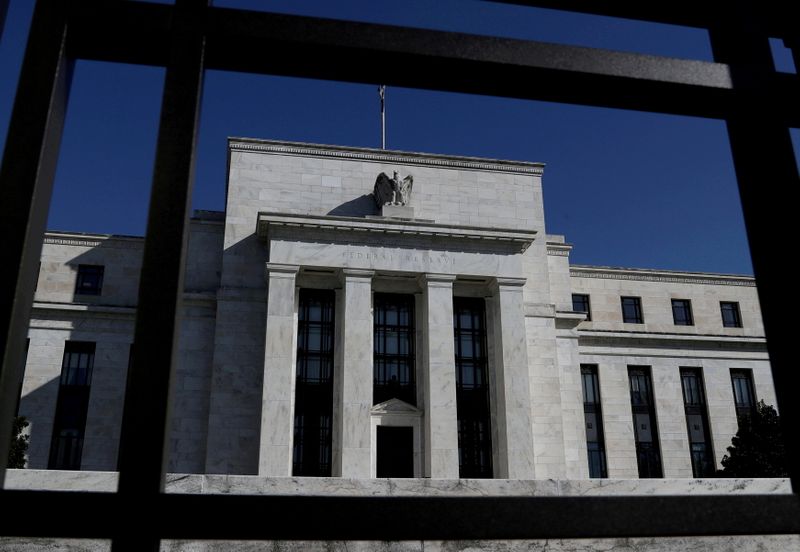(Reuters) – U.S. household wealth rose to a record $144.7 trillion at the end of the third quarter, a report from the Federal Reserve showed on Thursday, though the $2.4 trillion gain over the period was the smallest since the rebound from the coronavirus pandemic began.
Real estate values added around $1.4 trillion to overall wealth, according to the U.S. central bank’s latest quarterly report on household, business and government financial accounts. The value of equities held by households and nonprofits fell by $300 billion.
The slower growth in U.S. household wealth suggests the boost from an unprecedented period of easy monetary policy and a fiscal firehose of aid initiated by former President Donald Trump and extended under President Joe Biden has begun to wane.
Graphic:U.S. wealth gains slowed in latest quarter- https://graphics.reuters.com/USA-FED/WEALTH/zdvxoxqwepx/chart.png
During the third quarter, fiscal supports including pandemic unemployment benefits and mortgage forbearance expired, and a surge in COVID-19 infections peaked and then receded.
The Fed’s quarterly report reflects the reduction in new government aid, with federal government debt dropping at an annualized rate of 1.3%, the first decline in the pandemic era.
Still, the imprint of government aid is large: compared with the first quarter of 2020, U.S. household wealth is up nearly 31%, a much bigger and quicker gain than after the 2007-2009 recession.
The report does not reflect the breakdown of gains by income, but a large part was driven by rising home values and the stock market, benefiting households with such assets rather than those at the bottom of the income spectrum.
The amount held in household savings deposits rose to $10.7 trillion in the third quarter from $10.6 trillion at the end of the second quarter. Balances in checking accounts increased to $3.71 trillion from $3.67 trillion in the second quarter, the report showed.
Household debt grew at an annualized rate of 6.2% in the third quarter, compared to 7.8% in the second quarter.
Non-financial business debt accelerated to an annualized rate of 3.9%, from 1.8% in the second quarter.
(Reporting by Ann Saphir and Lindsay Dunsmuir; Editing by Paul Simao)

























